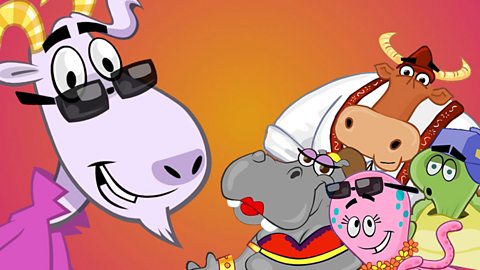What devices can we use to record digital video and audio?
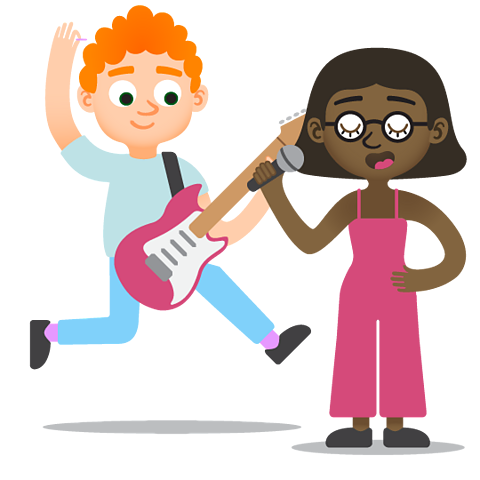
There are many ways to record, edit and share digital video and audio.
Many of the digital devices that we use every day have very high quality cameras and audio recorders built in.
We can use them without the need for special training or instructions.

- We can use small digital devices like smartphones and tablets to create and share digital imageA picture stored on a computer., video and sound wherever we are.
- We can create digital videos of ourselves on bikes and skateboards when it's safe to do so, or even of our pets, with small high quality digital cameras called action cameras.
- Remote-controlled flying devices called droneA small remote controlled flying device that has a built in camera. are equipped with high quality digital cameras that allow us to make dramatic videos of the world below.
- Professional film makers use very powerful digital video cameras to make high quality films.
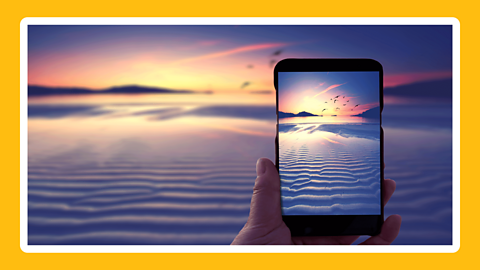
Image caption, Smartphone
Image caption, Tablet
Image caption, Action camera
Image caption, Drone
Image caption, Professional camera
1 of 5
Where are the digital video and audio files stored?
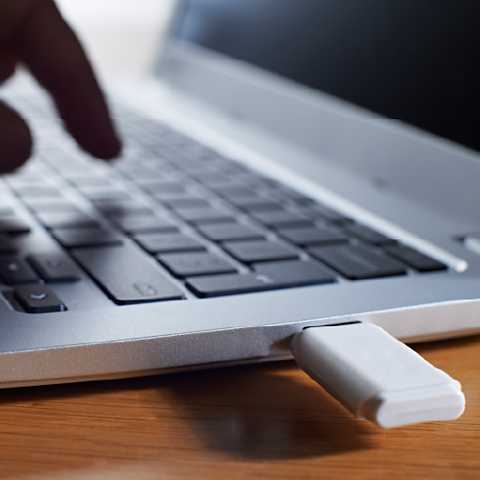
When we make a video or record a sound, it can be saved onto our device as a file. It's sensible to give these files useful names that will help you organise all your files.
File names like 'File 45' or 'Trip' are not very helpful as they don't tell you anything about the content of the file.
- Some devices store the files directly in their built in memoryThe place in a computer where information is stored..
- Some save it onto a small memory cardA portable memory storage device that can be moved from one device to another. that can be easily inserted and removed from the device.
- A smartphone or tablet will often be connected to the internet and will be able to store files online in the cloud.

How big are the files?

Digital video and audio recordings will take up a lot of storage space on a digital device. The saved files contain a lot of information and will usually have a large file size.
A typical digital photo will take up two megabyteA unit of information made up of 1000 bytes. (MB) of storage space. A short video might take up 2000MB of space.
1000 megabytes equals a gigabyte (GB) so video files can often be 2 or 3GB or more.
It's possible to compressTo squeeze to make smaller. an audio or video file to reduce its size. A smaller file size means it will take up less room on your computer or storage device.
However, compressing a video will usually lower the quality which means it won't look as clear or sharp.
Planning and shooting a video
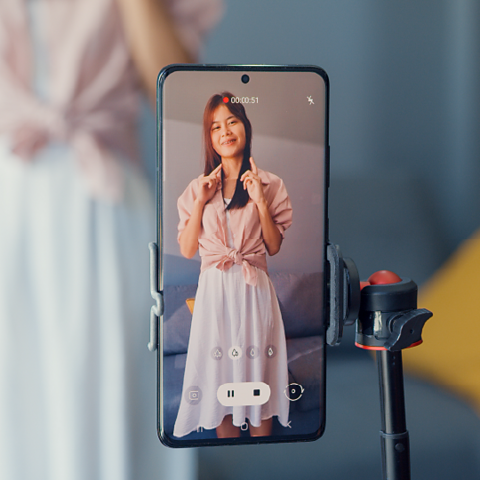
As well as recording short clips of every day life, sometimes we might want to plan and record a longer video.
Let's say you are going to make a video of your friends practising a new dance routine. This kind of video need to be carefully planned to make sure you record all the shots and scenes you need.
Viewers will need to hear the dance music as it is played, so you will need a microphoneA device that can pick up and send sound as digital information into a connected computer. to record digital audio as well as video. Many video recording devices have a microphone built in.

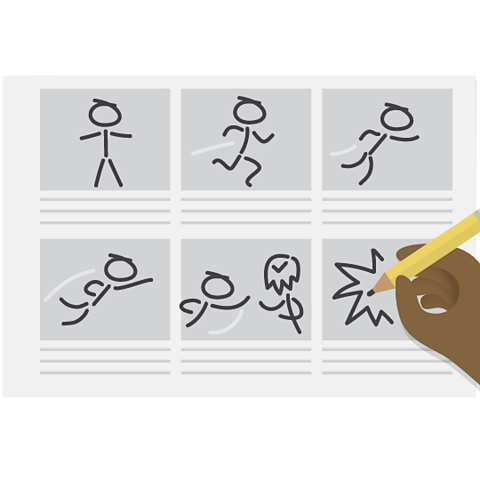
You can use a storyboardA series of scenes laid out in a grid used to plan and show the progress of a story or film. to sketch out your ideas. A storyboard looks a bit like a cartoon strip, and it can help you plan the scene and types of shots you want to record.
If you are recording sound, you might want to make a list of the sound effects that you will need or write a script for all the dialogue or talking in your film.
You will probably need to re-record parts of your video if people forget their parts or if you make a mistake. Keep all the mistakes as they can used in your blooper reelA collection of mistakes and funny moments cut from a film which is often showed at the end. video!
Editing
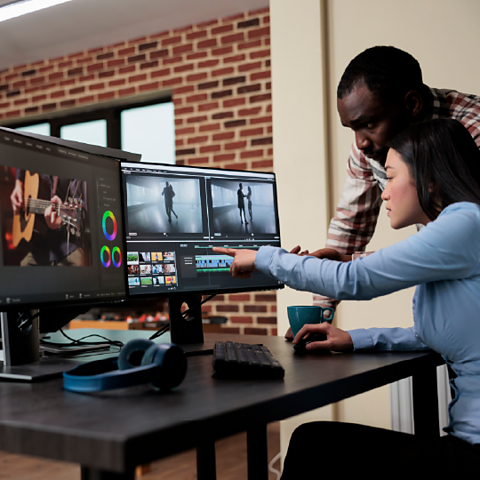
When you have recorded all the video and audio clips you need, it's time to start editChange, correct or add something new.. This is where you bring everything together to make a finished film.
Editing is often done as a team so that everyone can share ideas. The director will often guide the editing team as they put the film together.
When you record video and sound on a digital video camera, you will need to copy or importTo bring a file from a different file into the program you are using. the files to a computer or laptop to edit them using a digital video editing program.
If you use a device like a smartphone or tablet, the editing apps are built in and you can edit the files directly on the device.

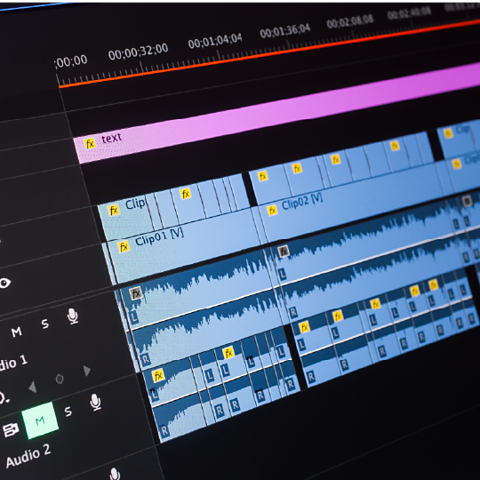
Editing takes place on a timelinePart of the video editing software where all the video clips are lined up in time order.. You place all your video footage on the timeline to start building your project.
The first task is to trim the small sections of video to get rid of any mistakes or parts you don't need. These small sections are called ClipA small section of video footage. and appear as blocks on the timeline. Removing a section of footage is called a cutRemoving a section of video footage from a finished film..
You can edit sound files in the same way. Most digital devices will link the sound and video together. The sound is usually edited in the lower part of the timeline.
You can also add transitionA special effect added to a video during editing to smooth the flow between scenes and cuts. which help the film flow smoothly between the different clips. When you are happy with your edits and cuts, you can add any special effects, titles and end credits.
Click on the interactive image to find out more about editing digital video and sound.
Exporting and sharing your video and audio
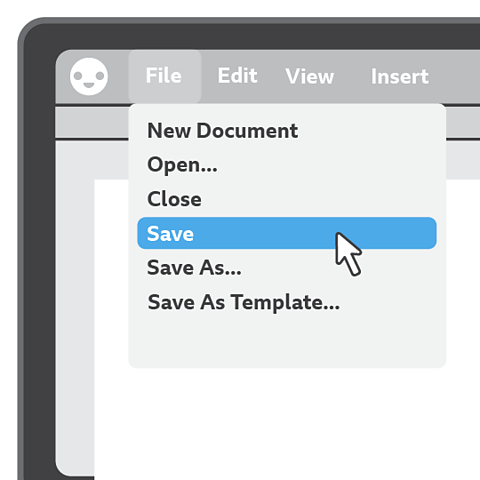
Once you have finished editing your project you might want to share it. To do that you will need to exportSave and send a file out of an app or program so that it can be shared. it.
When you export your project, all the edits and effects will be combined and saved into one completed file.
You will usually be given several choices of how the file is exported. Smaller size files are easier to share on social media using the internet but will be lower quality. Larger files will be higher quality and will look good when shown on a big screen like a TV.

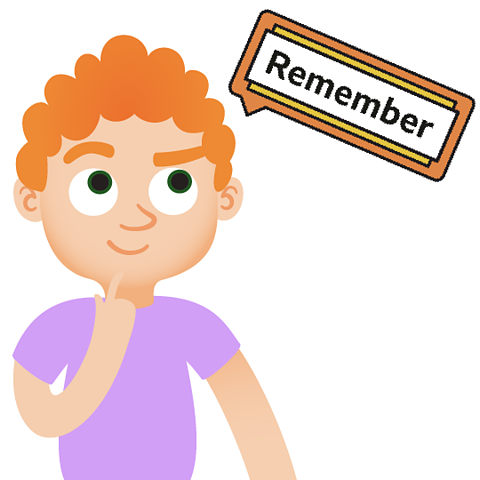
Remember to make sure you have permission to share the video and audio and that all the people in the film have agreed to sharing.
Check with a trusted adult if you are not sure about this.
Activities
Computing - Dance Mat Typing. gameComputing - Dance Mat Typing
Build and test your computing skills with different levels of touch type challenges

More on Information technology
Find out more by working through a topic
- count15 of 17
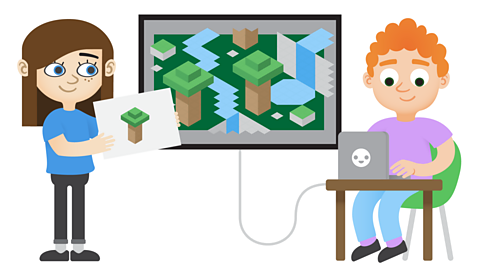
- count16 of 17
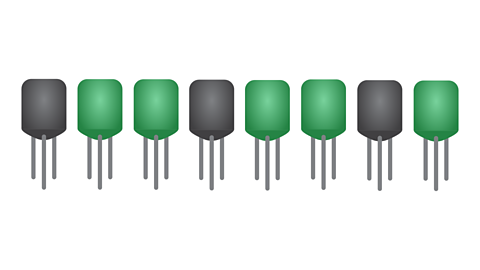
- count17 of 17
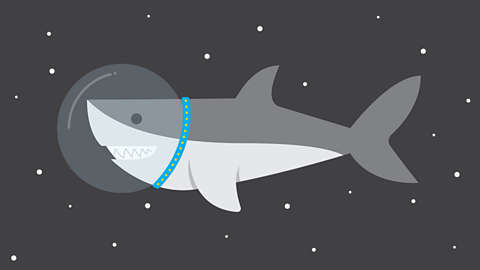
- count1 of 17
